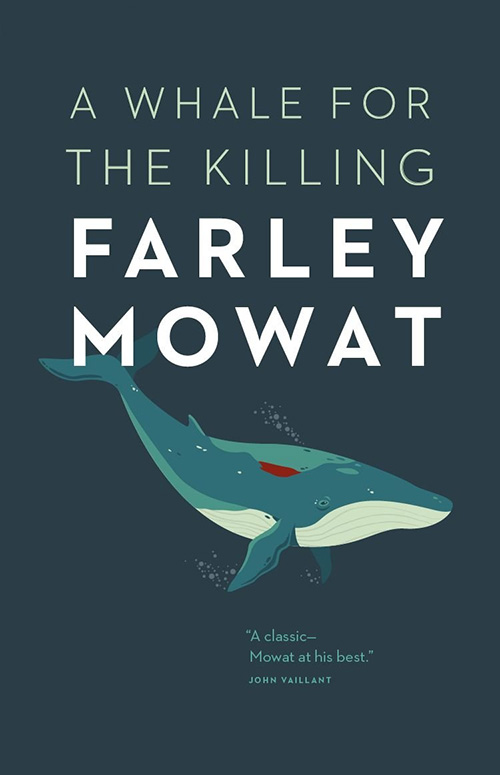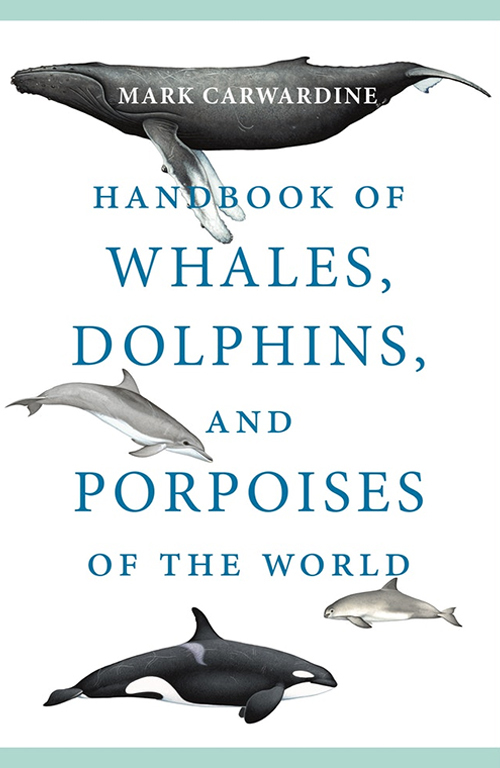A Whale for the Killing
By Farley Mowat

Photo: A Whale for the Killing
Despite being a book firmly set at a specific point in the history of Newfoundland, I can’t shake the feeling, when I read Farley Mowat’s, A Whale for the Killing, that a retrospective analysis lends itself to a deeper understanding of Mowat’s tale. Published in 1972 about an event that happened in 1968, there is plenty to date it when read fifty years later but the hindsight that history provides adds depth to the numerous themes that weave through the pages.
Ostensibly this is a simple tale of one man’s compassion and pain for an injured animal and how that manifests itself in his attempt to protect it from harm in the face of intense criticism and even brutality from within the community he lives in. When a female fin whale becomes trapped in a tidal inlet in a small, remote coastal community (known as ‘outports’ in Newfoundland) it is clear that the whale will starve if it cannot find a way back out to the open ocean. But the welfare of the whale is not a priority for everyone who lives in the outport and Mowat soon faces the challenges of widely differing perceptions in humanities’ relationship to the natural world and to animals in general.
In some ways this is an ode to past life and the book finds Mowat wrestling with the challenges of modernity and a rapidly changing world. To many Mowat will be seen as romanticising a disappearing world where excess disposable income doesn’t exist and communities live within their means, often on the edge of sustainability where one bad fishing season could cause hardship and pain. But for others, and Mowat included, this simplicity is preferable to the more inward looking land rather than sea-centric life that industrialisation was bringing to these Atlantic maritime provinces. A life where “sport hunting” was replacing hunting for food and fish plant workers who have turned their backs on a life of fishing and living by the changing tide have bullets enough spare to take pot shots at a whale. Mowat makes no bones about his distain for such a life and all its excesses and cruelties and regards the more simple existence as one that sits closer to natural harmony. That will surely resonate with contemporary readers who are currently living in the incredibly depleted environment that we find ourselves in fifty years on.
In many ways Mowat can be seen as a sage foretelling future environmental degradation and using the example of our relationship with the great whales, which was at an all time low with so many species on the brink of extinction, at least fourteen years before the 1982 International Moratorium on Whaling provided a lifeline to the whale nation, to do so. The book arrives at a juncture in history when popular outrage at our relationship to the environment was developing, the modern conservation movement was in its infancy, and NGOs, such as Greenpeace (established in 1971) which embraced modern media mediums in their fight for the environment were entering into public consciousness. The campaign to Save the Whales played a huge part in developing that consciousness. A Whale for the Killing, coming when it did, must undoubtedly have contributed to it and Farley Mowat would not have been ignorant of this. It will have certainly played its part in the way that our relationship with whales has changed from one of commercial exploitation to contemporary love and reverence.
Each time I read the book I wonder to what extent the author understood the irony that in order to attempt to protect the fin whale he had to harness modern media and publicity. Mowat writes such beautiful and loving descriptions of the outport people and the simple lives that he venerated but found himself hastening their demise by bringing the outside world to their doorstep in his campaign to save his leviathan. So perhaps despite all the complexities and interconnected themes we should always come back to the book’s underlying message of empathy and compassion towards another living being.
For contemporary whale lovers this may be a painful read and there will be a need to harness self-emotion. There isn’t necessarily anything new to learn from it about the natural history of cetaceans and, as with all of the older writings on marine life, the current science is developing so rapidly that we need to be mindful about the accuracy of those writings from a period when scientific knowledge of the oceans was so basic. But for anyone who is interested in the history and politics of our relationship with whales, A Whale for the Killing, has an important place in that story and I can’t recommend it enough.

